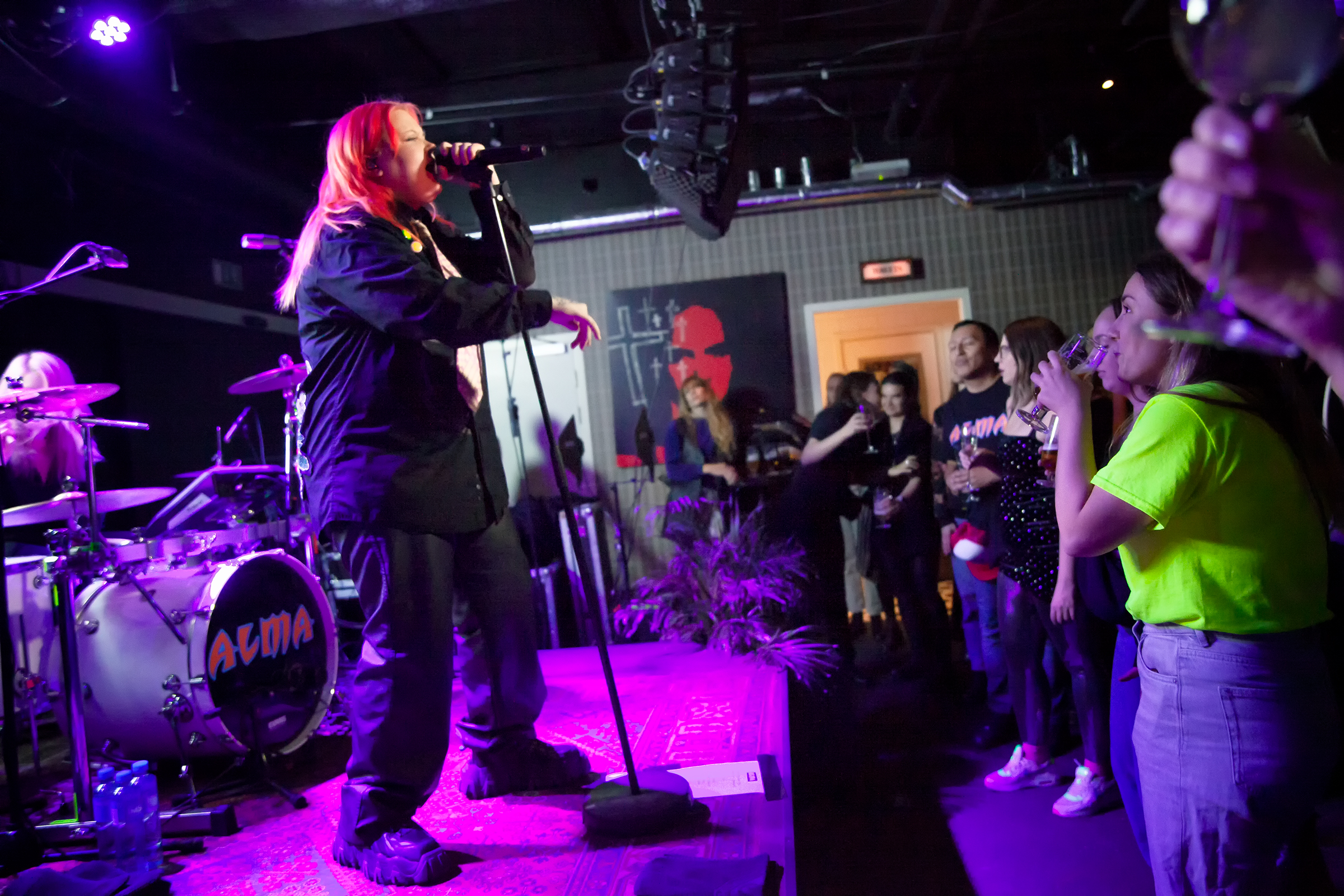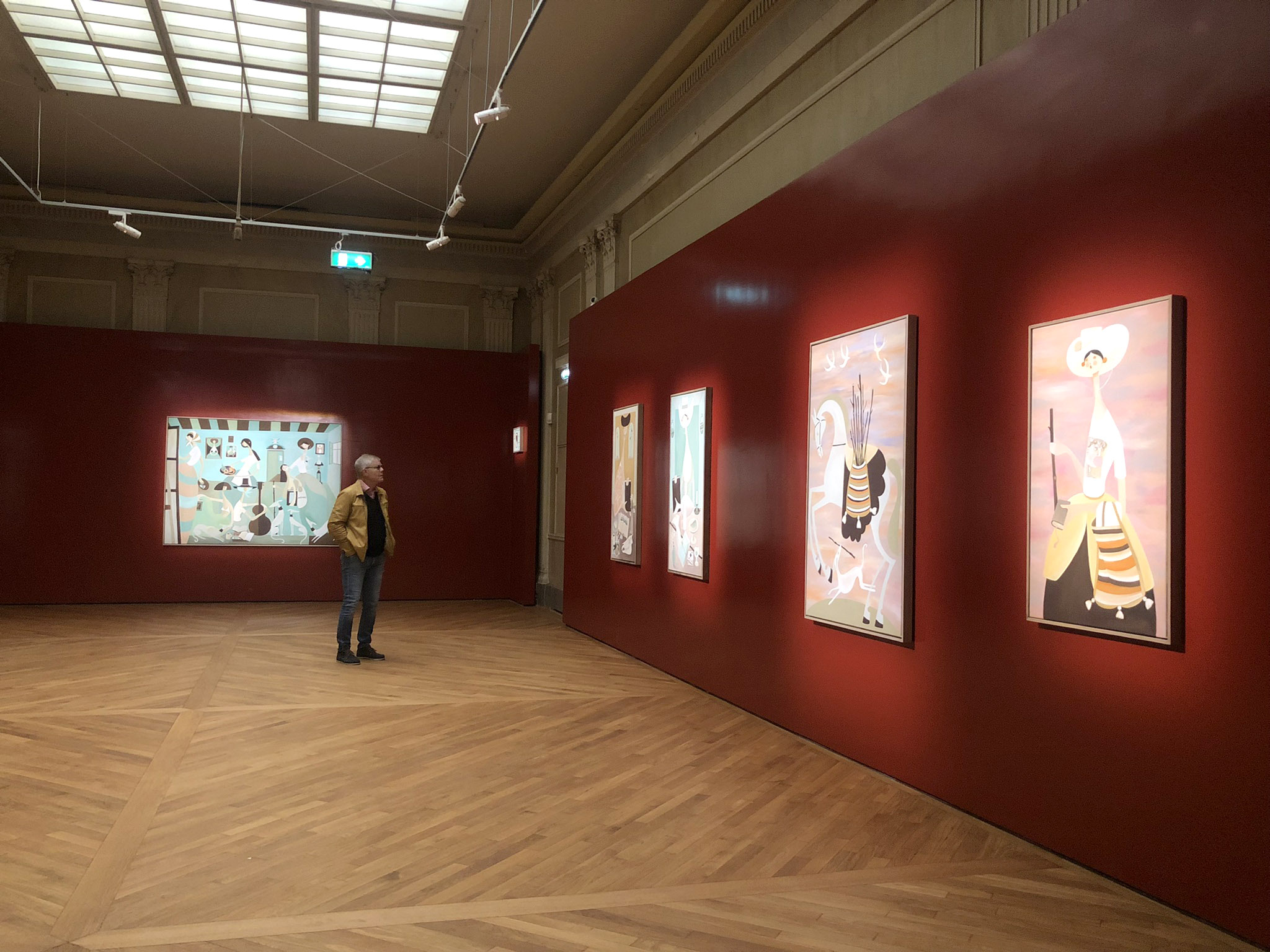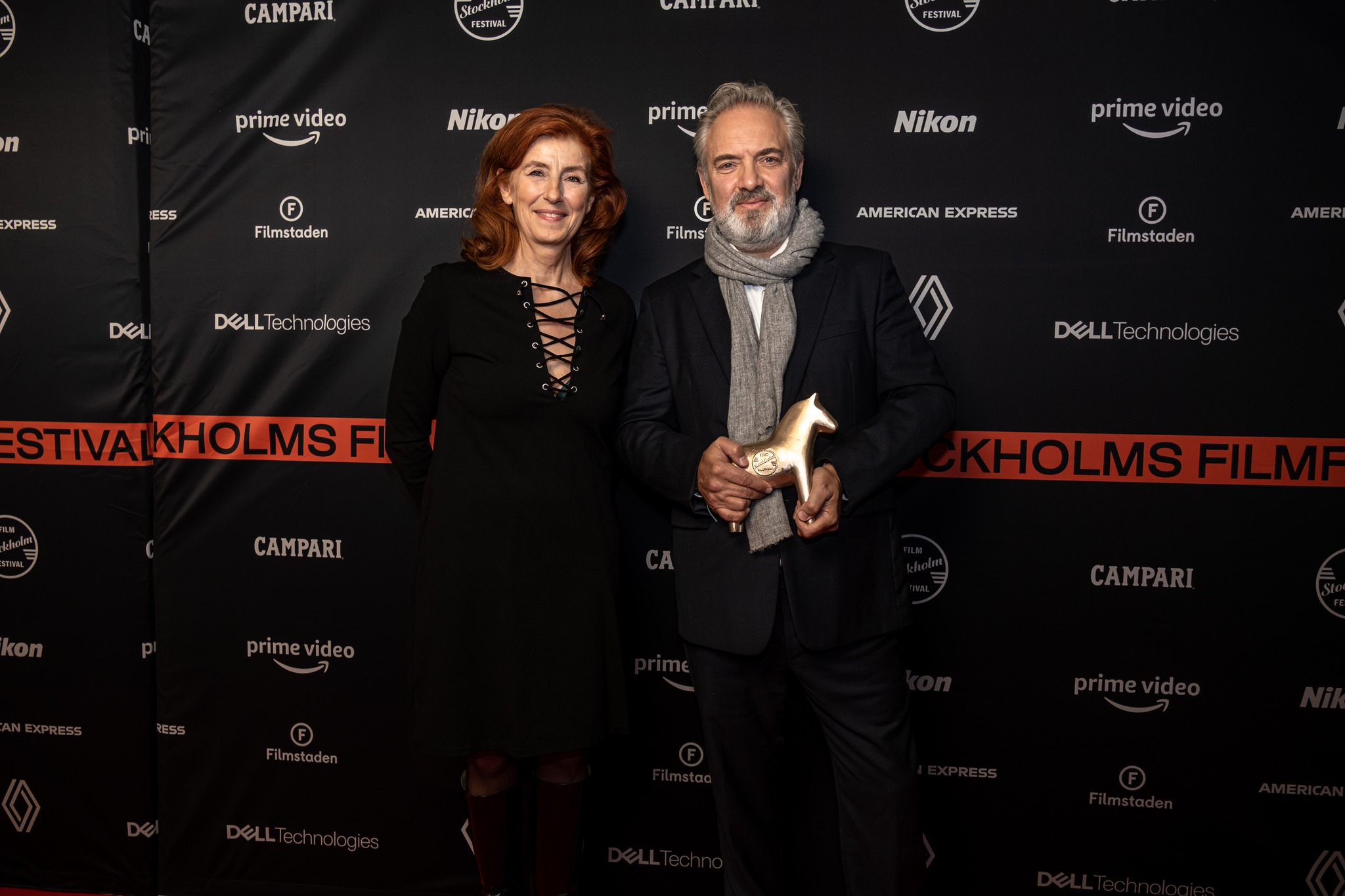Clean and safe drinking water is one of the most fundamental human needs. Yet while 90 percent of the world’s population has access to water, the majority, even in the developed world, would be reluctant to drink it from the tap. When you look at some of the high-profile cases of contamination such as Flint, US, Camelford, UK and Bhopal, India to name just three, that concern is understandable.
That’s why it is a matter of huge pride to confirm that Stockholm’s water has been ranked the best of any city in Europe, beating Bern, Oslo and Munich into second, third and fourth places respectively.
Lake purification paying dividends
Stockholm’s tap water has not achieved this consistent high quality by accident. It has been a long, hard road. 170 years ago, the city was initially supplied by water from Lake Mälaren, and over subsequent years, this was supported by additional water sourced from other lakes that surround the city.
In the early years, the city faced difficulties with inadequate water supply and water quality issues, leading to a plethora of waterborne disease outbreaks that rocked the city for decades. The city’s authorities set about a highly ambitious water purification process, one that started with a single processing plant at Lake Mälaren in 1856 and achieved full recognition 160 years later when the entire infrastructure achieved ISO certification attesting to its purity.
Continuous improvement and monitoring
So far so good, but thousands of cities have set up similar water purification and distribution systems over the past century or so. Yet in cities as metropolitan as Las Vegas, Houston or Bucharest, locals and visitors alike avoid drinking water out of the tap.
A key reason for this is that these distribution infrastructures are in constant operation under intense conditions, yet they simply do not receive sufficient maintenance and monitoring. As a minimum, this leads to cloudy and unappetizing water. In the worst cases, it can set the scene for serious contamination issues including lead – just as we saw in Flint, Michigan in 2014.
Stockholm’s water treatment system and distribution network is state of the art and receives round the clock quality monitoring and verification. This serves the dual purpose of providing early warnings of potential weaknesses and keeping the whole system fit for purpose so that 20 years down the line, people will still be saying it tastes better than water from a bottle.
You’ll have to go a long way to find a city with better water
It might sound like a meaningless cliché, but according to travel data, it is factually correct. You will actually have to travel 7,100 km to find a city with better water than Stockholm. The city in question is Des Moines, which Forbes ranks the top city in the USA for clean water. Like Stockholm, the city has invested heavily in monitoring, and residents can even check online to see the latest mineral levels and other chemical readings.












